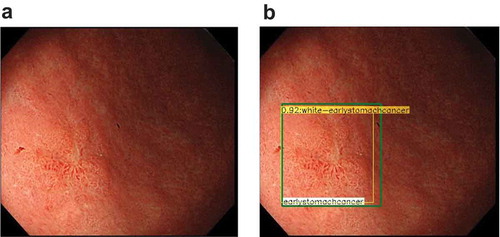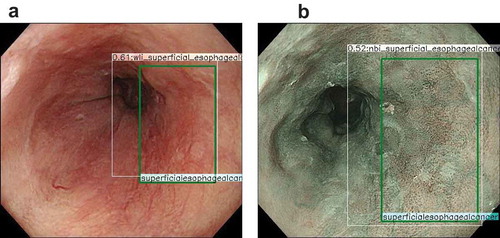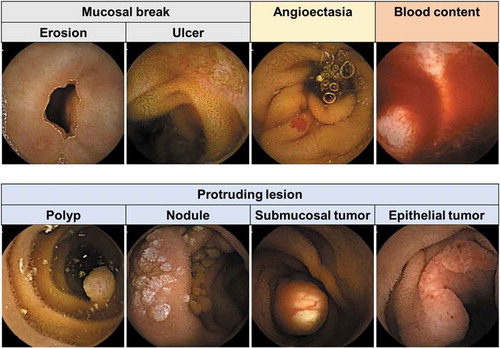Figures & data
Table 1. Use of artificial intelligence in stomach field.
Table 2. Use of artificial intelligence in colonic polyp.
Table 3. Deep learning-based systems for capsule endoscopy.



